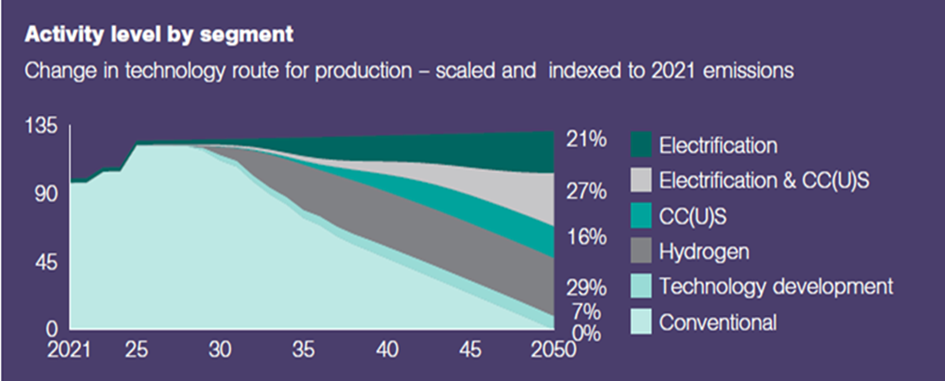The International Association CEDIGAZ has just released its National Hydrogen Market Review “Oman aims to become a leading green hydrogen hub”, which provides key information on Oman Hydrogen Strategy as well as market and project developments on both the demand and supply sides. It emphasizes that Oman is well positioned to become a leading green hydrogen exporter.
Oman is one of the six Gulf Cooperation Council (GCC) countries that have committed to net zero emissions by 2050. In addition, Oman is preparing policies to accelerate projects and plans for the transition to green energy. Green hydrogen presents itself as a key vector that enables Oman to pursue its decarbonization, economic and energy security objectives. In October 2022, the Minister of Energy and Minerals announced Oman’s new climate commitment and ambitious green hydrogen strategy. Today, the country aims to produce 1-1.5 million tons of green hydrogen per year by 2030 and increase green hydrogen production to at least 3.75 million tons per year by 2040 and 8.5 million tons per year by 2050. This would require an electrolysis capacity of 8-15 GW by 2030 and around 100 GW by 2050. To reach its production target by 2050, a cumulative investment of $140 billion is required by this horizon. The hydrogen produced will mainly meet both local and international industrial needs, involving the implementation of large-scale export projects targeting Europe and Asia. Bilateral partnership deals have already been signed with Belgium and the Netherlands for the production and exports of hydrogen to the EU.
Thanks to its very abundant energy resources, especially solar and wind, and its existing gas infrastructure, Oman presents among Gulf countries one of the largest potentials for both hydrogen production and exports. In September 2022, OQ Gas Networks, which operates Oman’s 4,000 km long gas pipeline system, announced plans to repurpose it to transport green hydrogen. In addition, the existence of a carbon dioxide storage potential and natural gas resources makes it possible to envisage the development of a blue hydrogen sector. Eventually, green hydrogen would cover 2/3 of production in 2035, compared to 1/3 for blue hydrogen.
Many large-scale green hydrogen projects are under development, including 5 Giga-scale production projects totalling more than 20 GW. Solar is the most important feedstock. Many projects target the production and exports of green ammonia. Among giga-scale green projects, the Al Wusta project plans to install in 4 phases 14 GW of electrolysis capacity powered by 25 GW of wind and solar energy.
First green hydrogen blocks were offered to international developers in a competitive auction process overseen by Hydrom, the country’s independent energy body for the emerging hydrogen sector. In March 2023, Hydrom signed six deals worth $51 billion to invest in green hydrogen projects located in the proximity of Duqm or Salalah ports across the sultanate. The agreements, which span seven years, were inked with developers from Belgium, Germany, India, Japan, Kuwait, the Netherlands, Singapore, the UAE and the UK.
Oman is thus well positioned to become a leading international green hydrogen hub and one of the largest green hydrogen exporters in the world by 2030.
Figure 1: Share of hydrogen in the reduction of CO2eq emissions according to the reference scenario

Source: The Sultanate of Oman’s National Strategy for an Orderly Transition to Net Zero, November 2022
Contact us: contact@cedigaz.org
Cedigaz (International Center for Gas Information) is an international association with members all over the world, created in 1961 by a group of international gas companies and IFP Energies nouvelles (IFPEN). CEDIGAZ collects and analyses worldwide economic information on natural and renewable gases in an exhaustive and critical way.
